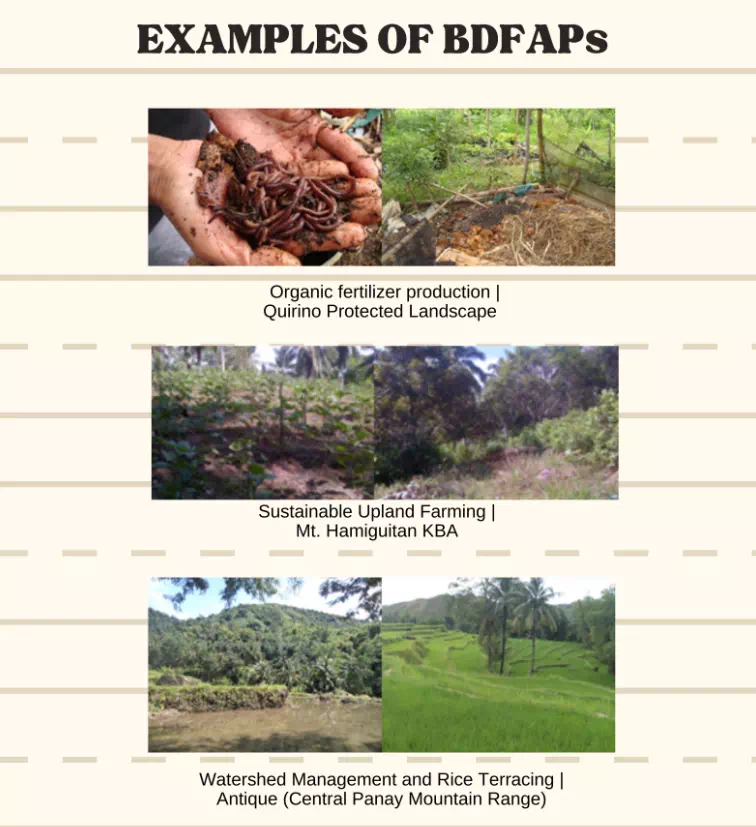What is Agricultural Biodiversity?
- Also known as “Agrobiodiversity”
- Components of biological diversity of relevance to food and agriculture that constitutes the agricultural ecosystems
- Outcome of the interactions among genetics resources, the environment, and the management systems and practices used by farmers
- Result of both natural selection and human inventive developed over millennia
Functions of Agrobiodiversity
- Sustainable production of food and other agricultural products
- Biological support to production via, for example, soil biota, pollinators, and predators
- Wider ecological services by agroecosystems e.g. landscape protection, soil protection and health, water cycle and air quality
Trends in Agriculture and Biodiversity Links
- Increase agricultural production and productivity
- Demographic pressures, including high population growth rates
- Predominant paradigms of industrial agriculture and green revolution
- Increases vulnerability to insect pests and diseases
- Biodiversity losses = reduced food security and increased economic risks
Diversity through Sustainable Agriculture
Principles to achieve transformations for the conservation and enhancement of agricultural biodiversity:
- Application of agroecological principles
- Participation and empowerment of farmers and indigenous peoples
- Adaptation of methods to local agroecological and socio-economic conditions
- Conservation of plant and animal genetic resources especially in situ efforts
- Reforming genetic research and breeding programs for agrobiodiversity enhancement
- Creating a supportive policy environment
Promoting the healthy functioning of ecosystems ensures the resilience of agriculture as it intensifies to meet growing demands for food production.
Biodiversity-Friendly Agricultural Practices
Refers to practices that use traditional and modern technologies, and agriculture, fishery, agroforestry, and multi-cropping management techniques to contribute in the maintenance of ecosystem resilience; applies to terrestrial farm, aquatic farm, freshwater ecosystems, marine and coastal ecosystems
Principles
- Balance of Production and Conservation
- Sustainable Use of Resources
- Sensitivity to the Local Needs, Culture and respect to the rights of Farmers
- Indigenous Peoples and Local Communities
- Responsiveness to Ecosystems Requirements
- Responsiveness to Biodiversity Conservation Goals
- Multiplicity of Biodiversity Benefits
Objectives
- Promote agricultural development that is compatible with the conservation of the ecosystem
- Initiate/Strengthen the institutionalization of BDFAP in multiple-use and buffer zones of protected areas as well as in other conservation areas


